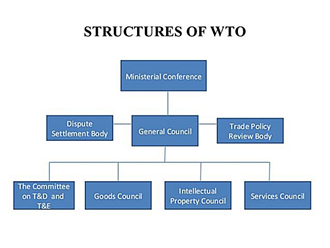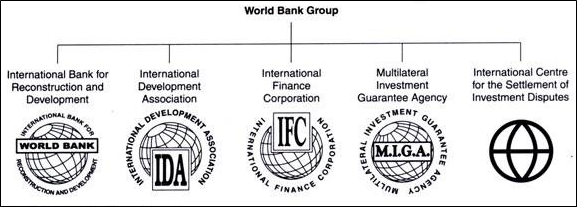1. Nominal Exchange Rate (NER)
It is the number of units of the domestic currency that can purchase a unit of a given foreign currency.
Features
-
- It is an exchange rate which is calculated at current price levels (or market exchange rate).
- Inflation is not adjusted.
- For example, 1 USD can be exchanged at Rs 83 (Feb 2024 data) is the nominal exchange rate.
- Values which we see in currency market is nominal exchange rate (spot rates).
2. Real Exchange Rate (RER)
It is the product of the nominal exchange rate (the rupee cost of a dollar, for example) and the ratio of prices between the two countries.
-
- Price level adjusted
- RER = NER (P*/P) where, P* is the foreign price level, P is the domestic price level
- If P*=P, it means there is a purchasing power parity between two countries
- It is a measure of international competitiveness of a nation.
Effective Exchange Rates (EERs)
They serve as a gauge for assessing the fair value of a currency, the external competitiveness of an economy and even serve as guideposts for setting monetary and financial conditions.
A. NEER (Nominal Effective Exchange Rate)
-
- The nominal effective exchange rate (NEER) is a weighted average rate at which one country’s currency exchanges for a basket of multiple foreign currencies.
- It is also known as the trade-weighted currency index.
B. REER (Real Effective Exchange Rate)
-
- The REER is the weighted average of NEER adjusted by the ratio of domestic price to foreign prices.
- Inflation/Price levels adjusted.
- A REER value greater than 100 for a particular year implies that the currency has been overvalued and to maintain trade balance, there is a need for depreciation of local currency which is needed. On the other hand, if the REER value is within 100 in a given year, that currency is currently undervalued.
Overvalued domestic currency: When it is believed a depreciation of the currency is needed to balance trade, then it is said that the currency is overvalued.
Undervalued domestic currency: When it is believed an appreciation of the currency is needed to balance trade, then it is said that the currency is undervalued.
About NEER and REER
-
- Index of 40 currency-based basket which is revised by RBI based on trade values between India and other partners. The new NEER/REER basket represents 88 per cent of India’s total trade
- The monthly average of the REER and NEER for the base year is benchmarked to the level of 100.
- Base Year – 2015-16



